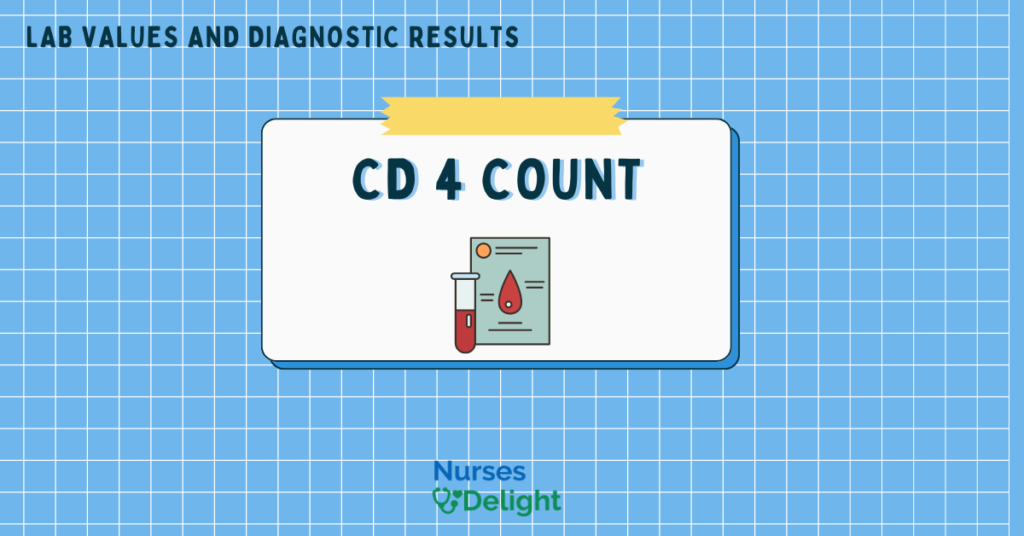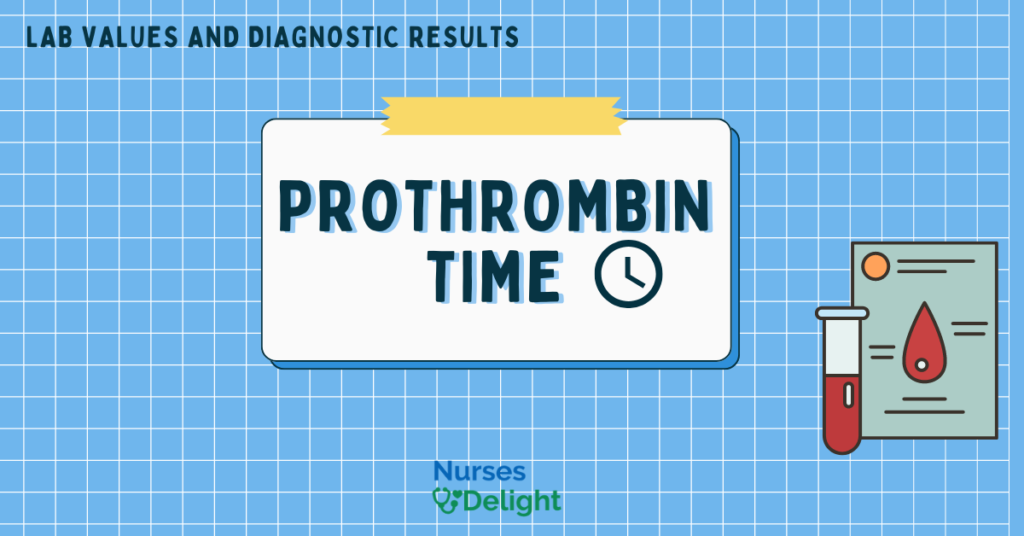The CD4 count test measures the number of CD4+ T lymphocytes (or CD4 cells) in a blood sample. CD4 cells are a type of white blood cell that plays a crucial role in the immune system by helping to coordinate the body’s response to infections.
HIV specifically targets and destroys CD4 cells, which compromises the immune system’s ability to fight infections and diseases.
CD4+ T-cell counts higher than 500 cells/L are required to maintain a healthy immune system. When the CD4+ T-cell count is between 200 and 499 cells/L, it causes immune related problems
while severe immune system problems occur when the CD4+ T-cell count is lesser than 200 cells/L.
Normal Ranges
- Normal: 500 to 1600 cells/L
- Severe: Less than 200 cells/L
- CD4-to-CD8 ratio: 2:1
Indications
- To assist in the diagnosis of AIDS and plan treatment
- To evaluate malignant myeloproliferative diseases and plan treatment
- To evaluate thymus-dependent or cellular immunocompetence
Interpretation
CD4+ cell baseline counts have to be measured in patients with HIV every 3 to 6 months during the first 2 years. The CD4 count should be measured till it increases above 300 cells/mm3.
Increased Levels
The levels of CD 4 cells are increased in Malignant myeloproliferative diseases (e.g., acute and chronic lymphocytic leukemia, lymphoma)
Decreased Levels
CD 4 cell level are decreased in;
- HIV-positive patients
- Organ transplants
- Congenital immunodeficiency
- Aplastic anemia
- Hodgkin’s disease
Interfering Factors
- Drugs that may increase T cell count include interferon.
- Drugs that may decrease T cell count include chlorpromazine and prednisone.
- Specimens should be stored at room temperature.
- Recent radioactive scans or radiation can decrease T cell counts.
- Values may be abnormal in patients with severe recurrent illness or after recent surgery requiring general anesthesia.
Nursing Implications
Pretest
- Obtain a history of the patient’s complaints, including a list of known allergens.
- Obtain a history of the patient’s immune system and results of previously performed tests and procedures. For related tests, refer to the immune system table.
- Obtain a list of medications the patient is taking, including herbs, nutritional supplements, and nutraceuticals.
- The requesting health care practitioner and laboratory should be advised if the patient regularly uses these products so that their effects can be taken into consideration when reviewing results.
- Note any recent procedures that can interfere with test results.
- There are no food, fluid, or medication restrictions unless by medical direction.
- Review the procedure with the patient.
- Inform the patient that specimen collection takes approximately 5 to 10 minutes.
Intra-test
- Direct the patient to breathe normally and to avoid unnecessary movement.
- Perform a venipuncture, and collect the specimen in a 5-mL green-top tube.
- Label the specimen, and promptly transport it to the laboratory.
Post-test
- Observe venipuncture site for bleeding or hematoma formation. Apply pressure bandage.
- As appropriate, stress the importance of good nutrition and suggest that the patient meet with a nutritional specialist. Stress the importance of following care plan for medications and follow-up visits.
- Inform the patient that subsequent requests for follow-up blood work at regular intervals should be anticipated.
- Recognize anxiety related to test results and offer support. Provide teaching and information regarding the clinical implications of the test results, as appropriate. Educate the patient regarding access to counseling services.
- Evaluate test results in relation to the patient’s symptoms and other tests performed. Related laboratory tests include 2-microglobulin, bone marrow, complete blood count, and HIV-1/HIV-2 antibody.
References
- Fischbach F., Dunning M. [2015] A manual of laboratory and diagnostic test. 9th Ed. Wolters Kluwer Health. Lippincott Williams & Wilkins.
- Schnell B et al. [2003] Davis’s Comprehensive Laboratory and Diagnostic Test Handbook—with Nursing Implications. F. A. Davis Company Philadelphia.
- Castellone, D. [1999] Coagulation the good, the bad and the unacceptable. Advance for Medical Laboratory Professionals.
- Cavanaugh, B. [1999] Nurses’ Manual of Laboratory and Diagnostic Tests, ed 3. FA Davis, Philadelphia.



